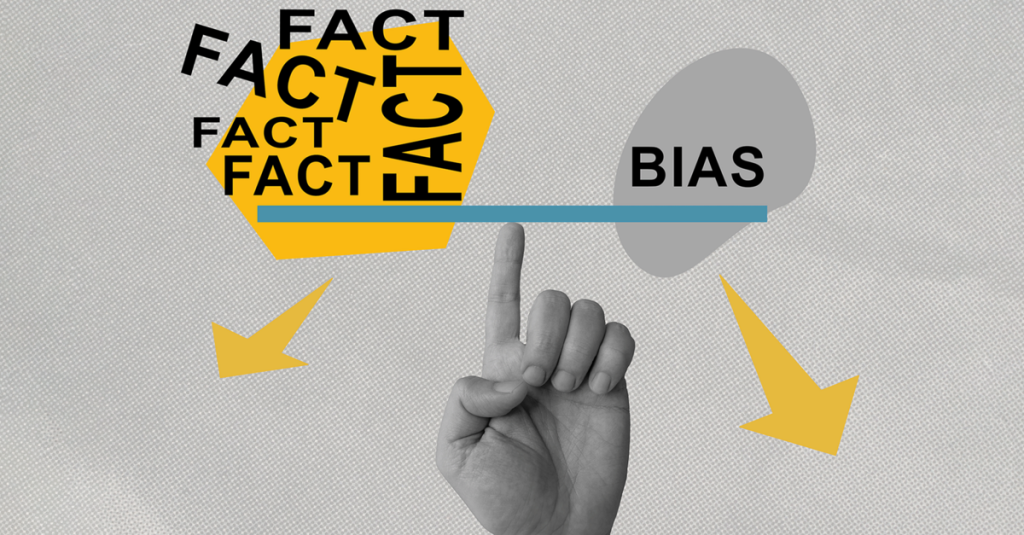Conservative Social Media Users Share More Misinformation, Leading to Higher Suspension Rates, Study Finds
A new study published in Nature suggests that the disproportionate suspension of conservative users on social media platforms is not necessarily evidence of political bias, but rather a reflection of the higher volume of misinformation shared by this group. Researchers from MIT Sloan School of Management, the University of Oxford, Cornell University, and Yale University analyzed data from Twitter, Facebook, and other sources, finding a consistent pattern: conservatives share more content from low-quality news sources, which often leads to violations of platform policies and subsequent suspensions. This disparity in behavior, not inherent bias in platform policies, explains the asymmetry in sanctions.
The research began with an examination of Twitter user suspensions following the 2020 US presidential election. Researchers tracked users who shared election-related hashtags and found that those who shared pro-Trump hashtags were 4.4 times more likely to be suspended than those who shared pro-Biden hashtags. Further investigation revealed that the pro-Trump group shared significantly more content from sources identified as low-quality or purveyors of misinformation. This pattern held true even when using assessment methods designed to mitigate potential bias from professional fact-checkers, such as employing ratings from politically balanced groups of laypeople.
To solidify their findings, the researchers extended their analysis beyond the 2020 election and Twitter. Examining data from Facebook and other platforms, spanning 2016 to 2023 and encompassing 16 countries, they consistently observed a similar correlation between conservative political affiliation and the sharing of low-quality news. This cross-platform, cross-cultural consistency strengthens the argument that the observed disparity in suspensions is rooted in user behavior, not platform bias. Examples included the sharing of false claims about COVID-19 and the dissemination of lower-quality news sources by conservative political elites in the UK and Germany.
The study emphasizes that the findings do not imply that all conservatives are more prone to sharing misinformation. The analyzed social media users are not representative of the broader population, and the study focuses on a specific timeframe. The core argument is that differences in user behavior must be considered when evaluating the fairness of platform policies. If liberal users were found to share more misinformation and were subsequently suspended more often, the same logic would apply: the higher suspension rate wouldn’t automatically indicate platform bias against liberals.
The researchers highlight the importance of understanding the interplay between user behavior and platform policies. Even with perfectly neutral anti-misinformation policies, differences in the volume of misinformation shared by different groups will naturally lead to unequal enforcement outcomes. This does not necessarily indicate bias on the part of the platforms. Policymakers should be aware of this dynamic and avoid drawing conclusions about platform bias solely based on differential suspension rates.
This research provides valuable insights into the complex relationship between political affiliation, misinformation sharing, and social media platform policies. By demonstrating a consistent link between conservative political leaning and the sharing of lower-quality news, the study offers a nuanced perspective on the ongoing debate surrounding platform bias and censorship. While not ruling out the possibility of any bias, the research strongly suggests that the observed asymmetry in sanctions is primarily driven by differences in user behavior, highlighting the need for a more comprehensive understanding of these dynamics in the digital age. Further research is needed to explore the underlying reasons for these behavioral differences and to develop strategies for mitigating the spread of misinformation across the political spectrum.


